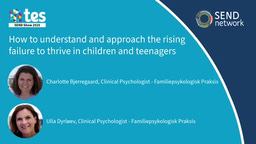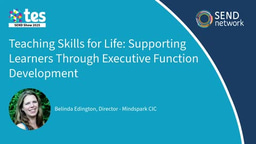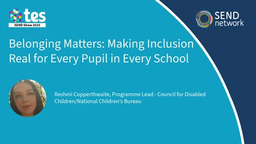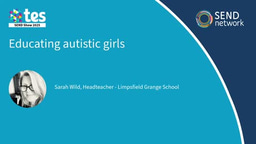Blank Levels - Considering which questions to ask and when

“Who, what, when, where, why and how”. Learn these question words and what answer is needed, simple. But no, as with many things, questions are more complicated than they first appear…
Marion Blank and her colleagues created a framework (1978) to think about which types of questions (and answers) are easier to understand and acquire. This can be used to support the development not only of children’s ability to answer different questions, but also their verbal reasoning skills and knowledge of abstract vocabulary and language.
Her underlying idea was that children develop language on a ‘continuum of perceptual-language distance’: children initially learn from what they can see, hear, touch, but as they develop can learn from more abstract concepts and ideas. ‘Table’ is much easier to understand than ‘kindness’, even though both are nouns. She suggested that as children’s understanding and use of vocabulary grows, they start to be able to think and reason. This then means they can access more abstract words in more complex situations, which again leads to more advanced language understand and use.
Marion Blank also saw language development as a social activity–children learn through interactions with others, and the way adults modify their communication can have an impact on the development of children’s language and verbal reasoning skills. It is important not just to use questions with children, as this begins to feel like an interrogation! It is a good idea to try and make four comments for every one question that is asked.
There are four different Blank question levels, from simple to complex. The information the child needs to answer these questions also goes from concrete to abstract as the levels increase.
Find out about the different levels with the full blog on The Link Community.





Please sign in or register for FREE
If you are a registered user on SEND Network, please sign in